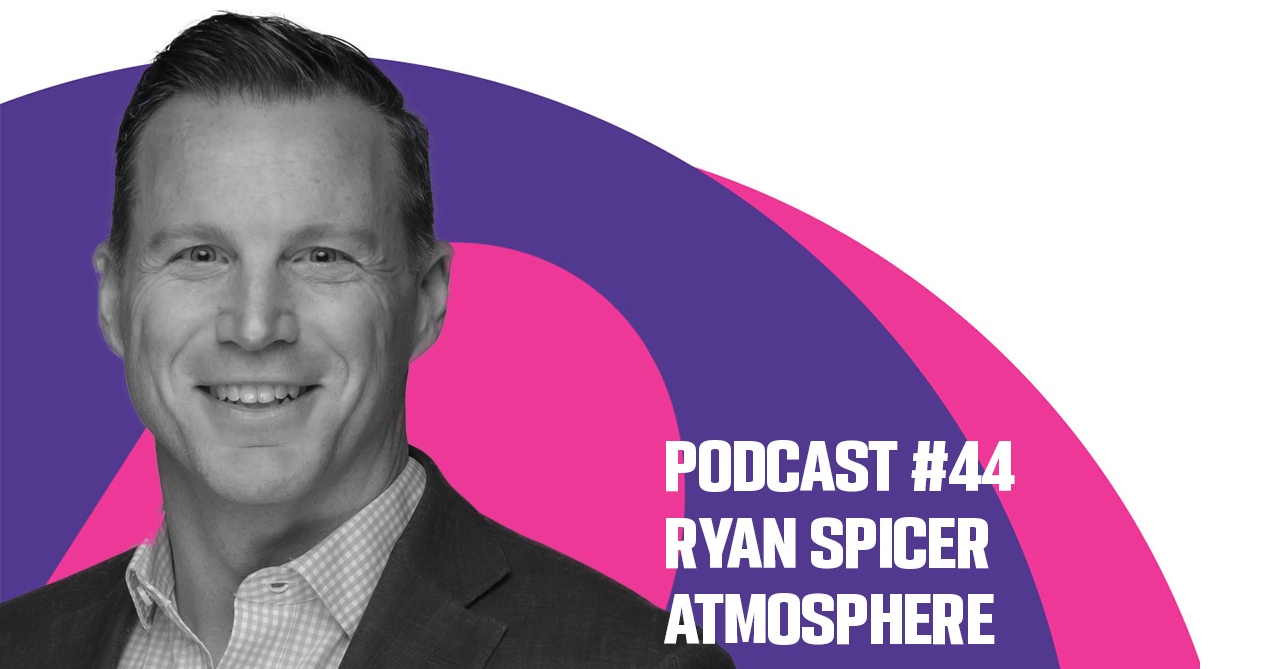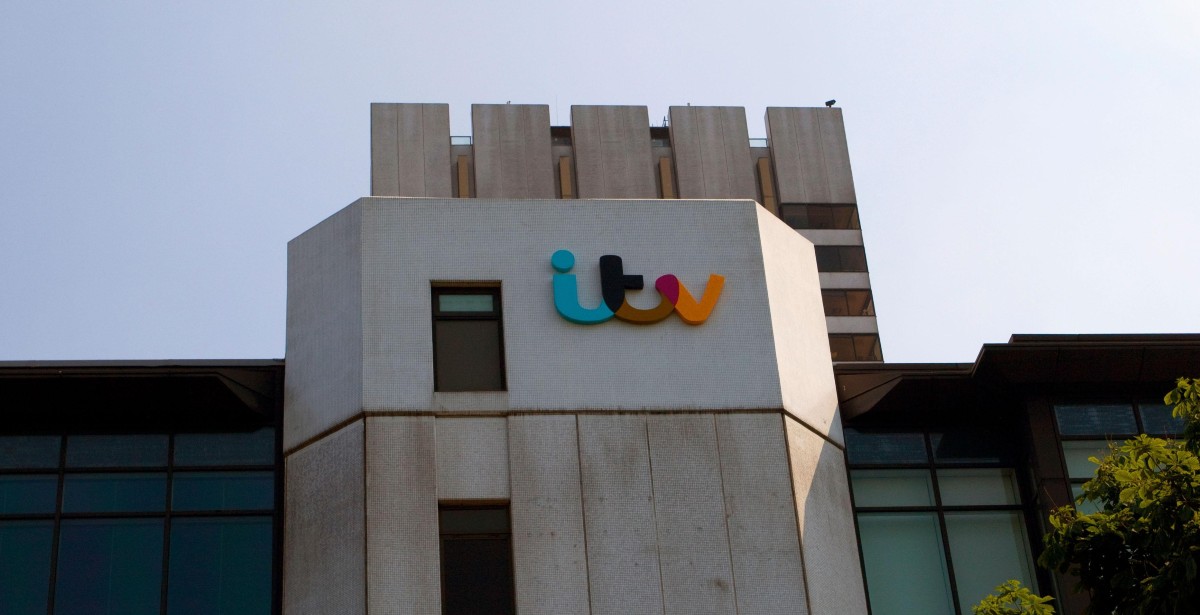As consumers settle down in front of their streaming services for festive viewing, advertisers are looking ahead to the introduction of ads on Amazon Prime Video, which will become the latest SVOD service to add advertising in the new year.
But the Amazon offering differs from Netflix and Disney+, because rather than switching to an ad-supported tier, Prime viewers will be shown ads on their current plan. This means advertisers (starting with Interpublic Group, which has signed an early access deal with Amazon) will have instant access to Prime subscribers, including 13 million homes in the UK and 150 million in the US.
This is significant from the perspective of ad buyers who saw limited reach on Netflix. Though the streaming giant now has 15 million global users on its ad tier, uptake was relatively slow at first, taking around six months to reach the 5 million mark.
“Amazon look to have learned from this, as they are making their ad offering opt out,” comments Luke Knowler, AV Lead at independent agency the7stars, “meaning every customer will be put on it automatically and meaning our clients will immediately have a huge new platform to advertise on.”
And as streaming businesses shift their priorities to profitability, introducing ads for all subscribers serves as a way for Amazon to increase its average revenue per user (ARPU) without raising membership fees.
Hidden fees
From a user perspective however, the benefits are less obvious. Amazon has said it would not raise fees for Prime membership in 2024, and customers will have the option to pay more to remove ads. But usually consumers would expect to pay less in return for being shown ads, such as on Disney+ and Netflix’s ad-supported tiers, so charging the same fees to watch ads could be viewed as a de facto price hike.
Prime Video is also often criticised over its user experience; a recent Variety survey suggested it had the worst UX of the major streaming services. It draws particular fire for the “bait and switch” approach of charging users for titles that are not included in their subscriptions, despite being presented alongside those that are. The introduction of ads could further muddy the waters for customers.
“It becomes quite a messy experience, where you don’t know what you’re paying for, what you have to pay more for, or what’s going to have ads,” says Tom Harrington, Head of Television at Enders Analysis.
Prime benefits
On the upside for subscribers, the company has promised a light ad load, aiming to run “meaningfully fewer ads than linear TV and other streaming TV providers.” And if the ad experience is relatively unobtrusive, it is unlikely to cause subscriber churn – not least because the streaming service is largely viewed as an add-on to Prime’s retail delivery services, rather than a destination in itself. Last year, a PYMNTS survey looked at Prime members’ reasons for subscribing to the service: 64 percent cited free shipping as the most important feature, versus just 12 percent choosing Prime Video.
“People are probably not going to unsubscribe, because they still get the same free shipping benefits, which is the original purpose of getting the subscription,” comments Enders’ Tom Harrington.
That giant retail business also gives Amazon a lot of spending power on the video front. The company spent $7 billion on content last year, including $462 million on the first season of The Lord of the Rings: The Rings of Power – which, according to the Hollywood Reporter, only had a 37 percent retention rate in terms of viewers who actually finished the series.
But Harrington argues that Amazon views its Prime Originals as a means to an end; a way of drawing customers into the ecosystem where the video business makes its money. This includes Prime Video Channels, where Amazon hosts an array of third-party streaming services and takes a cut on subscriptions and ad revenues on those channels; and Fire TV, its CTV device that allows Amazon to charge TV services for inclusion and prominence.
“So maybe it’s a good thing if people didn’t finish Rings of Power, because it got them watching something else that had ads on it,” notes Harrington. “The more hours they watch, the more ads they watch, the more money Amazon makes.”
Amazon wish lists
The other major Prime benefit is Amazon’s store of first-party data, since knowing a customer’s shopping behaviour provides valubale targeting opportunities when it comes to the video offering. And targeting options are at the top of advertisers’ Amazon wish lists, alongside measurement capabilities to help prove return on investment to their clients.
“Netflix are drip-feeding in more targeting options, but are still a little way behind broadcast VOD providers and the majority of CTV players,” says the7stars’ Luke Knowler. “The sooner the SVOD platforms can offer intricate targeting, i.e. sub-demos, interest categories based on user survey data, data partnerships (first and third party), the more appealing the propositions will be to advertisers.”
But Netflix’s user data is relatively limited compared to Amazon’s knowledge of its customers’ online shopping habits and retail searches, which could have vast potential if effectively (and compliantly) translated into targeted advertising. “If you look at somebody’s shopping list, you can tell a whole lot about them,” notes Harrington.
This is already the case on Freevee, Amazon’s free ad-supported streaming service, where shopping data can be used to target advertising (although this data seems notably absent in its generic content recommendations). Freevee also serves as a way to remonetise Prime content, enabling Amazon to repackage its costly Originals in an ad-supported environment.
The risk then is that the inclusion of ads on Prime makes the products too similar, potentially diluting the premium nature of Prime Video or the windowing opportunities of Freevee. The move could therefore have implications for the future of Freevee, whose role as an ad-supported offering within Prime becomes less clear when Prime itself is an ad-supported offering. “What’s the strategy here?” asks Harrington. “Sometimes it feels like there isn’t any strategy.”




